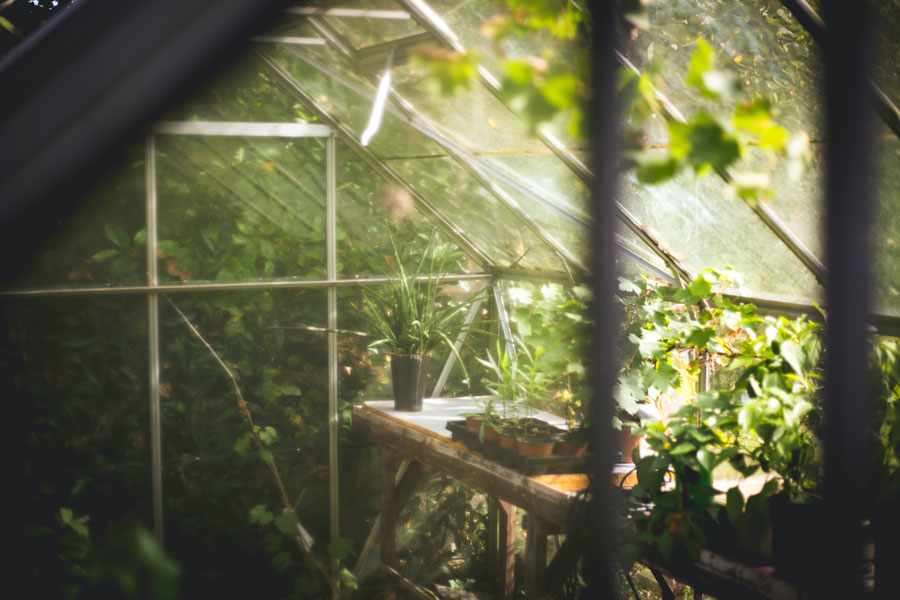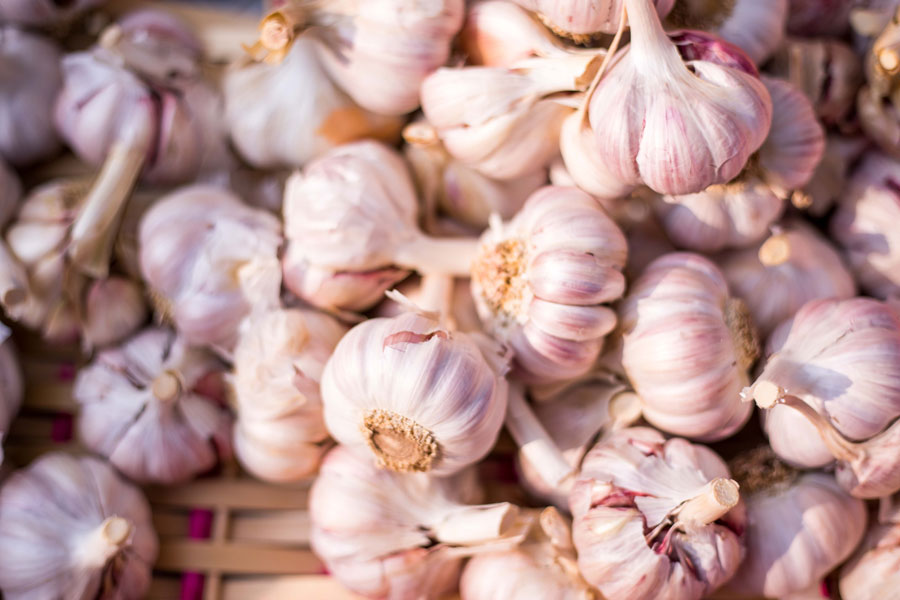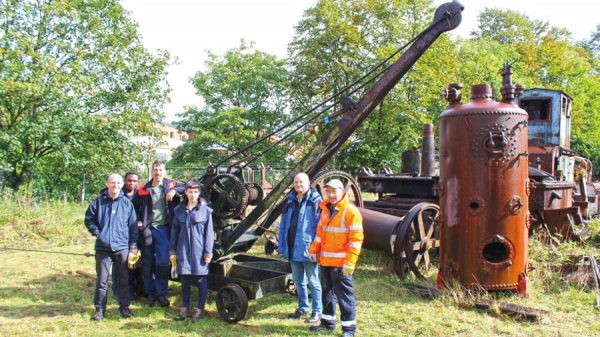As we head towards the end of 2023, the garden starts to prepare itself for whatever lies ahead. On the whole, plants are quite resilient and seem to cope reasonably well with the changing seasons. We have been harvesting and storing produce from the kitchen garden and although we are far from self sufficient, we do grow enough to have something from the garden most days. The joy of eating home grown produce and the taste make the effort worthwhile, despite the fact that it may be cheaper to buy from a large supermarket chain. It’s not just about eating produce the whole journey from seed to harvest is as good for your mental wellbeing as it is for your diet.
As the temperature drops and the crispy crystals (frost) arrive it’s important to look at plants that need winter protection. Although in some areas and very sheltered parts of the garden it may be possible to leave plants such as dahlias in the garden, there is no guarantee that they will survive, especially if we have a very cold winter. Lifting and storing plants in a frost free place can be a chore and these days maintaining a frost free place can be quite a cost. We have a closed garage and a wooden potting shed, which we don’t heat but do provide a frost free place where we overwinter plants such as dahlias that don’t have any leaves on in storage, so don’t really need any light. Just check on them every three to four weeks to make sure they are not going mouldy or too dry. The critical time is as the weather starts to warm up next February, as they might start to shoot, in which case they will need a place with some light.

Ideally a frost free greenhouse or conservatory will do. I take late cuttings of many of our tender perennials used in pot displays and keep them in a greenhouse, but a windowsill would do. We then lift the mother plant, remove about 50% of the soil and pack in trays lined with old greenhouse insulation or bubble plastic, then packed around with wood chippings, from the workshop or you could use bark chips. This insulates the rootball and allows air to circulate. Strangely this freezes less than when packed with soil or compost.

Garlic is one of those vegetables that you either love or hate, but you can’t beat it for adding flavour to many dishes, and now is an ideal time to plant out in the garden, as it benefits from a period of cold to help it produce a good crop. Garlic is available from your local nursery or garden centre, or indeed online, it looks just like the garlic you buy in the supermarket although using ‘shop’ bought is not good idea as it is probably a variety suitable for a warmer climate. When planting carefully separate the individual cloves, choose a part of the vegetable garden that is reasonably sheltered, with good free draining soil. Cloves should be planted about 15cm(6ins) apart in rows 30cm(12ins) between the rows. Pointed end uppermost plant the clove so the top is about 2.5cm (1in) below soil level. I have grown the cultivars, Solent Wight and Carcassonne Wight with good results. It may take a little while for the shoots to appear and growth is slow through the colder months. Give them a dressing of general fertiliser in late Feb – early March, and water in dry spells. they should be ready for harvest in late July early August, the foliage starts to turn yellow and flops over. If your soil is wet and heavy, why not try growing a few in a large pot?
At this time of year you will often hear the term ‘Bare Root’ or ‘Open Ground’ plants are available. This refers to the fact that the plants have been grown outside in the nursery as opposed to pots. They are generally cheaper to buy but are only available when the plants are dormant through late autumn int early spring. The are lifted with only a little soil on the roots and if you are unable to plant them straight away then either store them in a frost free place, making sure the roots don’t dry out or take a trench out in a sheltered part of the garden, place the roots in the trench and cover with soil. Plant them as soon as you can as once they are in the ground they will settle and root into the soil. Even though the soil may be damp, water the plant in as this ensures the soil is in good contact with the roots. Current guidance suggests that you don’t need to add compost and fertiliser to the planting hole but to be honest I haven’t found any difference although our soil is fairly light and the roots can run freely, so I like to give them a little sprinkle of general fertiliser.
Happy gardening,
Martin
Next month, ( check on winter vegetables, pruning ornamental trees and shrubs, looking after Christmas flowering plants.)







